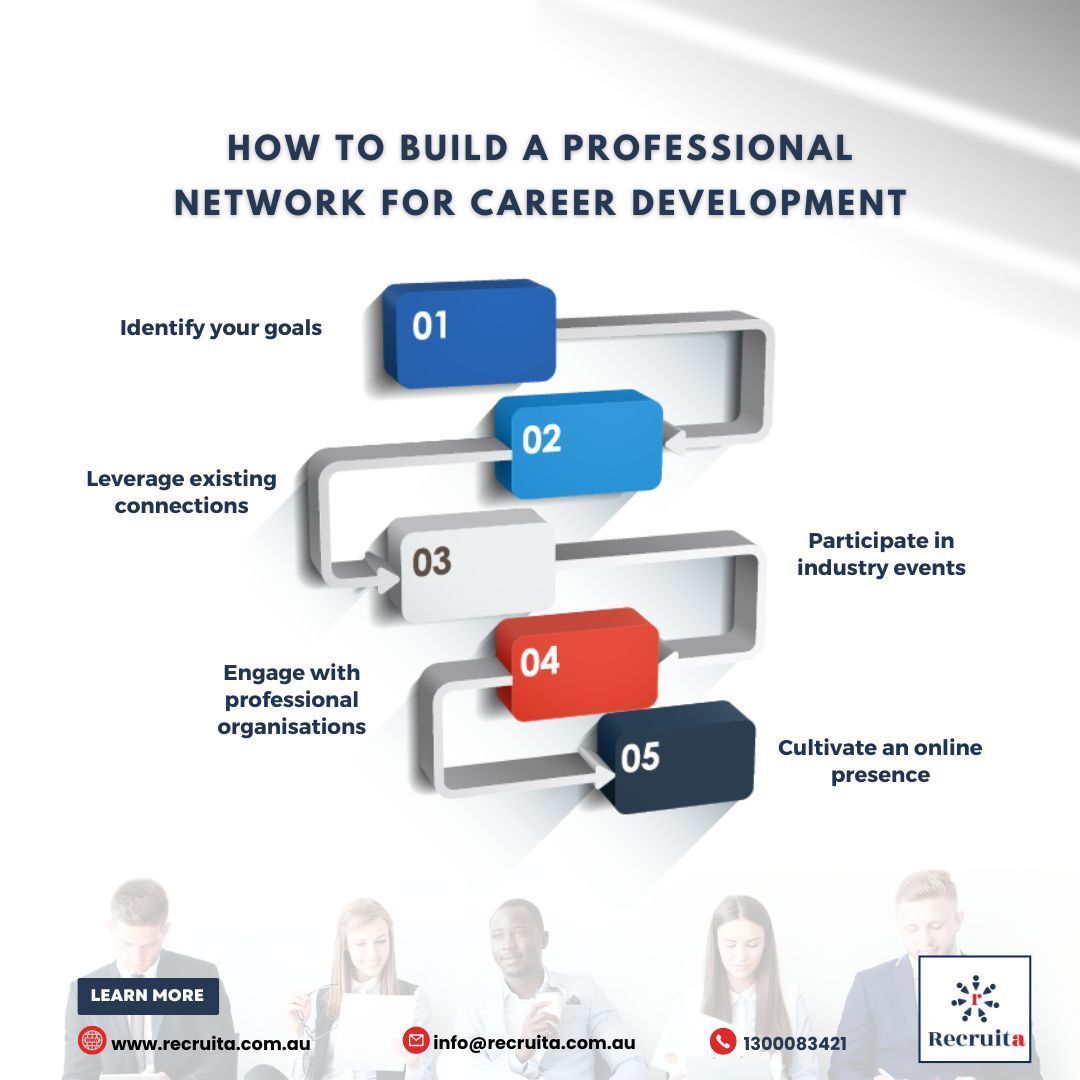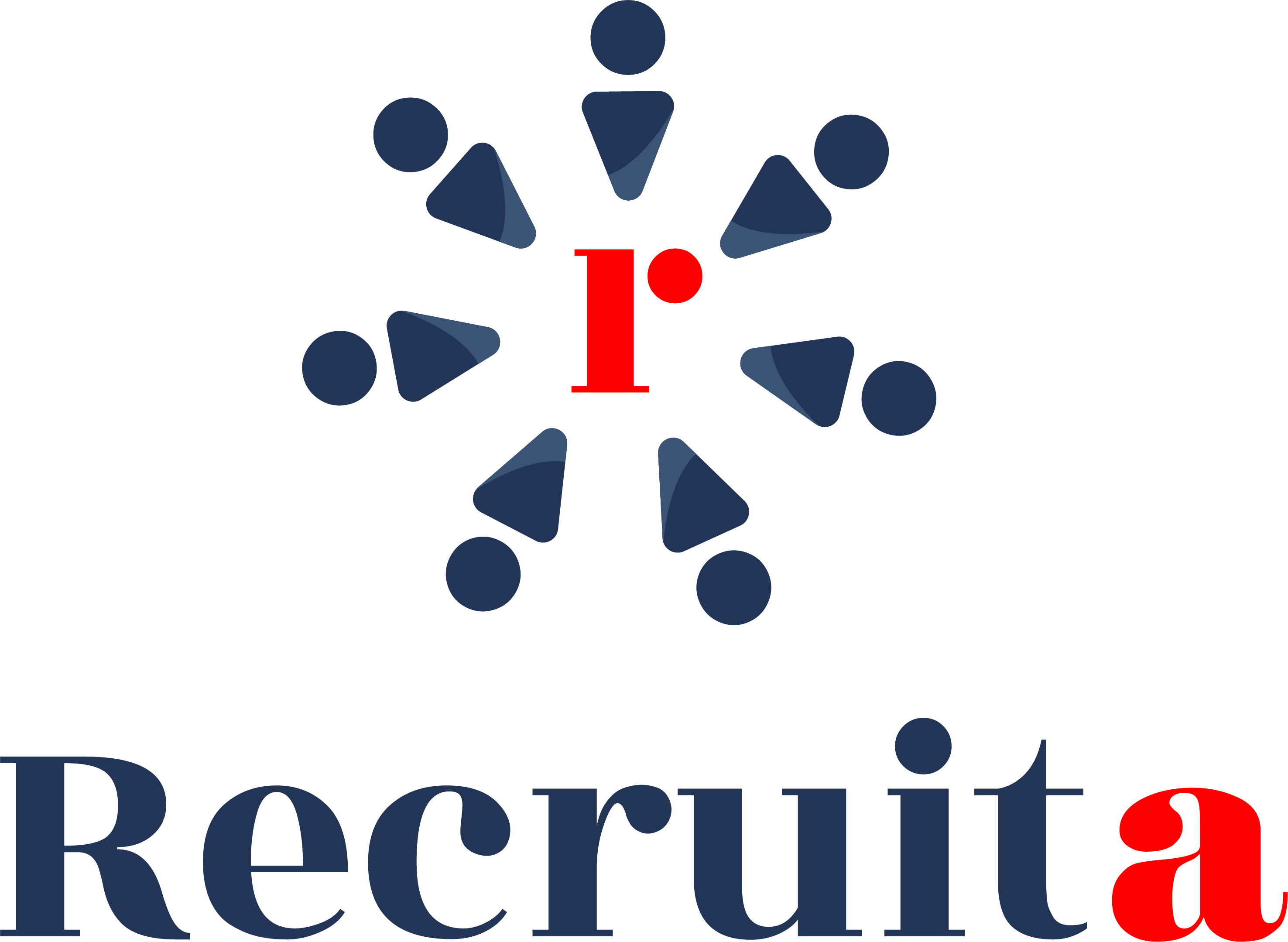The art of writing the perfect recruitment ad
As a recruiter, or at least as someone who has spent a lot of time sleuthing around job boards, you’ve likely seen – and probably even written – a lot of recruitment ads. If you spend some time looking at enough job ads, you’ll likely begin to notice a very formulaic and recycled style that many recruiters stick to.
They will typically list the job requirements, what experience and education the applicant needs, and finish it up with a nice, un-welcoming call to action or overly intimidating “next steps” section. Many job postings read like a boring old job description – no personality, and no real appeal to the applicant’s desires.
That’s because many recruiters simply do not understand that job postings are all about marketing. You’re selling your company and your vacant position to the millions of people searching for jobs every day. That means that you need to approach your job ad like you would for any marketing piece. It should be creative, engaging, personal, and laser-focused on the needs and desires of your target audience: candidates.
Before we get into how to write the perfect recruitment ad, I have a bit of a confession to make. There’s no such thing as the perfect job ad. Not in the sense that you can create an incredibly convincing ad and then just keep replicating that formula over and over again. Instead, creating the perfect recruitment advert is all about figuring out what is right for each specific job you’re advertising and the people you’re targeting it to, and crafting a killer job posting that no one will be able to resist.
With that in mind, let’s get started.
Recruitment ad best practices
Before we get into specific best practices for writing a recruitment ad, it’s important to note a few overall goals you should be striving for when writing your job post. Generally speaking, your job ad should accomplish the following:
- Make a great first impression for readers
- Stand out from the crowd
- Increase the likelihood that the applicant will hit the “Apply Now” button
- Be engaging and easy to read
- Offer enough information that the reader can pre-screen themselves
- Be friendly, yet professional
- Be easily skimmable and readable on mobile
Keep each of these points in mind when you’re crafting the language for your next recruitment advertisement.
And now for some best practices!
1. Know your target audience (your candidates)
Apologies if I sound like a broken record here, but by far the most important step in writing a recruitment ad is getting to know your target candidate. That means before you put pen to paper (or fingers to the keyboard), you should be talking with your colleagues. This will help you determine what your ideal candidate looks like, who they are, what they want, where they hang out and what you can say to them to make them want to work for you.
In marketing, this would start with creating a persona, or an imaginary, ideal candidate that you’re pitching your job opening to. Let’s call him Doug.
Do some research into who Doug is and what he wants. Is Doug looking for a hip and cool place to work? Play up your modern, downtown office. Does Doug value a close-knit team atmosphere? Tell him about your company culture and the team he’d be working for. Is Doug young and just starting out? Let him know about your great benefits package, retirement savings plans, and growth potential.
The more you know about Doug, the better equipped you will be to write a recruitment ad that he’ll want to see. And if Doug is happy and wants to join your company, then you’ve just landed yourself the ideal candidate!
2. Don’t forget about search engine optimization
Despite the fact that most job searchers almost exclusively use the web to search for their next opportunity, many people forget to write their recruitment ads so that they’re found by search engines. Getting your job ad found by people searching for the position you’re promoting is only half the battle, but it’s also the very first step in the recruitment process. If Doug can’t find your ad because it’s not optimized for search, then you’re not getting to the second half of the battle.
So, it’s important for recruiters to do a bit of research into what keywords are typically associated with their vacant position. Find out what job searchers are typing into search engines to find similar postings to yours, and include those keywords into your recruitment advert. This will make you easier to find, and also forces you to use language that your candidates already know.
3. Nail your company description
Now that we’ve gotten the general best practices out of the way, let’s get into some specifics.
The first thing that job seekers should see when they open your recruitment ad is a compelling paragraph about your company. This is your first impression, and you should make sure that it’s a great one. Don’t just copy and paste your boilerplate company description into this section either. If you can find the exact same company description in a bunch of other places across the web, then it’s not personal enough to earn the top spot in your perfect recruitment ad.
Instead, take your company description and make a connection between the organization, the job, and the candidate. Talk about your company mission and values, and tell readers how the position fits into that vision. Job seekers want to be inspired by what you’re doing and they want to know how they will fit in.
Let’s look at an example.
Unlike recruiting agencies, we don’t sell people.We offer growing businesses an entirely new option they’ve never seen before – without expensive, salary-based placement fees. Instead, we help them market themselves as a great place to work to attract, engage, and hire the right people. We provide everything they need to consistently hire great people quickly and cost-effectively – including a complete and advanced virtual hiring team, recruitment technology, paid advertising, coaching, training, and all of the hires they need – all for a flat monthly fee.What’s in it for me?By joining us, you’ll get to be part of a disruptive new category at the ground level and help growing organizations scale their teams and truly establish their organizational culture.
Talent Acquisition Specialist @ Pivot + Edge
This company description clearly outlines the values, goals, and vision of the organization. Readers get a clear insight into the company’s overall goal, and how they intend to get there. And, even better, the applicant knows exactly how they will fit into that vision of the future.
Relevant: How to draft an equal opportunity employer statement for your recruitment ad
4. Get people excited about the job overview
After you’ve wooed your prospective candidate with your company description, you can now start pitching your job opening. This is a more high-level summary of the core characteristics of the job. More specific job responsibilities come further down in the recruitment advert.
Distill the job down to about 4-5 core attributes that describe what the candidate will be doing, who they’ll be doing it with, and what the impact will be. That last point is particularly important. Most people want to be a part of something bigger than themselves. By pitching the benefits of your vacant job – both to the candidate and to others – and tying it back to your company vision, candidates will feel a deeper connection to what you’re advertising.
Be sure that you write this section in an engaging, snappy, and compelling way, while also conveying the most pertinent information. Using subheads and bullet points is a great way to make this section accessible and fun to read for your candidate.
Here’s a simple example.
Shopify Plus is making enterprise commerce simple. We give high-growth, high-volume merchants the scalability, reliability and flexibility they need. Shopify Plus is helping power commerce for companies like Tesla, RedBull, GE, L’Oreal, Victoria Beckham, UPS and many more. We believe large merchants should love their commerce platform and we work hard each day to make that happen. We are in hyper-growth mode, and this is where you come in.As an Offline Marketer, you will be responsible for owning and executing small- and large-scale events globally for Shopify Plus. You will either be leading or supporting various offline marketing initiatives from owned events to industry trade shows. You will be working cross-functionally within the Plus team and Shopify’s core team to lead the strategy of fully-integrated offline marketing campaigns.
Offline Marketing Manager @ Shopify
I’ve included the company description into this example as well to demonstrate how the recruitment ad flows from a high-level description of the mission and direction of the team and then jumps right into where the applicant fits in. The candidate knows what the goal is and what will be expected of them if they hit “Apply Now”.
5. Describe the compensation and perks package
By now, Doug should be feeling pretty jazzed about your company and how he fits into the team. Next up comes the good stuff – money, benefits, and perks. You don’t have to get too fancy with how you present the salary (if you even do), but the benefits and perks section is where you can really take advantage of how well you know Doug and his lifestyle.
Rather than just writing a laundry list of benefits and perks that your company offers, make a list of the top 10 and explain how they will improve Doug’s day-to-day life. Have a really cool, downtown office? Talk about how great it is to walk into a gorgeous office in the heart of the action. Do you offer free parking or transit? Tell Doug how much he can save each month on transportation cost.
Take some time to find out what Doug wants, and what you can offer him, and really drive home the fact that your company will help make his life more enjoyable, on top of paying the bills.
6. Get the job requirements section over with
Next up in your job ad is the boring old job requirements section. Hey, it can’t all be leg-twitchingly exciting.
The job requirements section contains critical information that your candidates will read in order to pre-screen themselves for the position. This is where you list things like required experience, education, skills, characteristics, language and location requirements, and so on. Essentially, this is the part of the recruitment ad that will start to weed out the underqualified candidates. When well written, a good job ad will leave you with a smaller pool of high potential candidates.
Because this is essentially just a list of requirements, keep this section short and concise. List your core requirements in bullet points, and only include what a candidate absolutely must have to be successful at the job.
Many organizations are beginning to move away from this type of rigid job requirements section because it can have the unwanted side effect of deterring candidates from applying, even if they may be suited for the job. Use your discretion as to how you want to approach this part of your recruitment ad. Having a strong handle on what your team needs and who they’re looking for will help guide what information to include or exclude.
Here’s an example of a standard job requirements section.
Web Designer / Developer @ Klipfolio
Preferred skills and experience:
- Knowledge of HTML, CSS, and JavaScript
- Proficiency with design & prototyping tools (Sketch, Photoshop, Illustrator, etc)
- Exceptionally strong aesthetic sensibility.
- Experience designing for multiple contexts such as mobile, desktop, tablet and TV.
- Self-motivated and detail-oriented.
- Solid communication skills and the ability to articulate the rationale for design decisions.
- Awareness of the latest trends and technologies used in the world of web design and development
7. Round it out with a full list of job responsibilities
At this stage, Doug will have learned about your company, been enticed by your elevator pitch for the job role and pre-screened himself in the job requirements section. If he’s still feeling good about his prospects for landing this job, then Doug will likely want to know a bit more about the job.
The final major section of your recruitment advertisement expands on your elevator pitch to describe in greater detail what a successful candidate will be responsible for should they be hired. Use active language in this section to get Doug excited about what’s he’s going to be doing. A great way to do this is to start each bullet point with a verb.
For example: “Driving revenue growth through cost-effective marketing campaigns.” List out each of the major job responsibilities that Doug can expect to take on, and write them in a way that makes him excited to get started.
Here’s an example from the job posting at Klipfolio. Note how the writer keeps this section short and sweet, while still presenting a lot information and responsibilities.
Web Designer / Developer @ Klipfolio
Responsibilities:
- Create – from concept through iteration to production – beautiful and engaging web experiences with strong graphic and motion components that reflect and positively extend the Klipfolio brand to the web site
- Responsible for the look and feel, layout, visual appearance and the execution of entire design for the Klipfolio website
- Work with the marketing team in coming up with creative designs and developing landing pages for various campaigns
- Present designs and collect feedback from peers and executive level stakeholders
- Run A/B test and conversion rate optimization throughout the website
8. Explain the next steps
Once you’ve presented a holistic overview of your company and the job, the final step in your recruitment ad is to explain the process. Tell Doug what he can expect to happen after he hits “Apply Now”. Will he be getting a call or an email shortly? How long will that take? What is the interview process like? When can he expect to start if he’s selected?
Be as detailed as possible in this section. This will give your candidates the ability to plan their schedules accordingly. This way they can be fully involved in your hiring process. But, if you’re going to give them an overview of what to expect, be sure to follow through with it. The last thing you want to do is break a promise to a high potential candidate.
Always remember, there is a lot of personal weight and emotion behind hitting that “Apply Now” button. Candidates should be treated with the same respect your treat any co-worker. That means clear communication, flexibility to their schedules, and following up on what you promise.
To give you an example of a great “next steps” section, let’s go back to our friends at Pivot + Edge.
What can I expect when I hit ‘Apply’?We’ll ask you to provide your details and answer a few quick qualifying questions, and then submit a short video introducing yourself. If you’re curious why we require a video, it’s because part of the job is coaching our customers to do the same, and if you’re not comfortable with video, you’re likely not a fit for our team. We’ll be collecting applications until Thursday, January 24, and we will be in contact with you around that time to discuss next steps. We appreciate the interest of all applicants and we want you to know that we will be in touch no matter what. What does the interview process involve?Once we’ve reviewed your application and scheduled a time to chat, the first step is a conversation with Jess Martin. After you go through the initial small talk that conversations between strangers inevitably start with, she’ll let you know that she’d like you to drive the conversation. To be successful in the people business, you have to be able to engage others in conversation, ask great questions, actively listen, and ask more questions. That’s exactly what she’ll be looking for in you. Assuming you demonstrate a strong ability to discover, control and close, she’ll arrange a time to meet up and see if we are the right fit for each other. We’re not just interviewing you at every step. We want you to interview us and ask questions as well.What is the target start date for this role?We’re motivated to hire for this role now, though worst-case scenario we’d like to have our new teammate onboard by mid February.
Talent Acquisition Specialist @ Pivot + Edge
There is absolutely no ambiguity about what to expect when you hit “Apply” in this recruitment ad. Taking the time to nail this final section will go a long way helping you seal the deal with our buddy Doug.
Source: https://recruitee.com/articles/perfect-recruitment-ad



